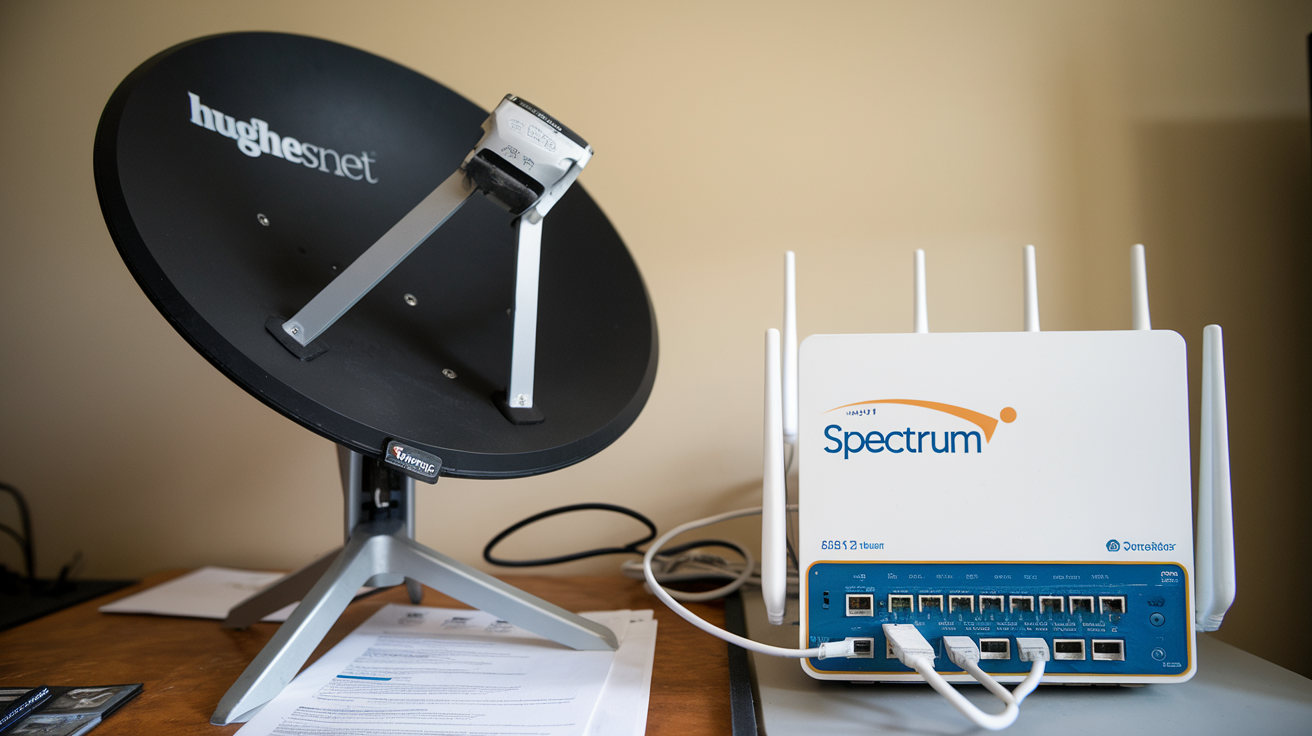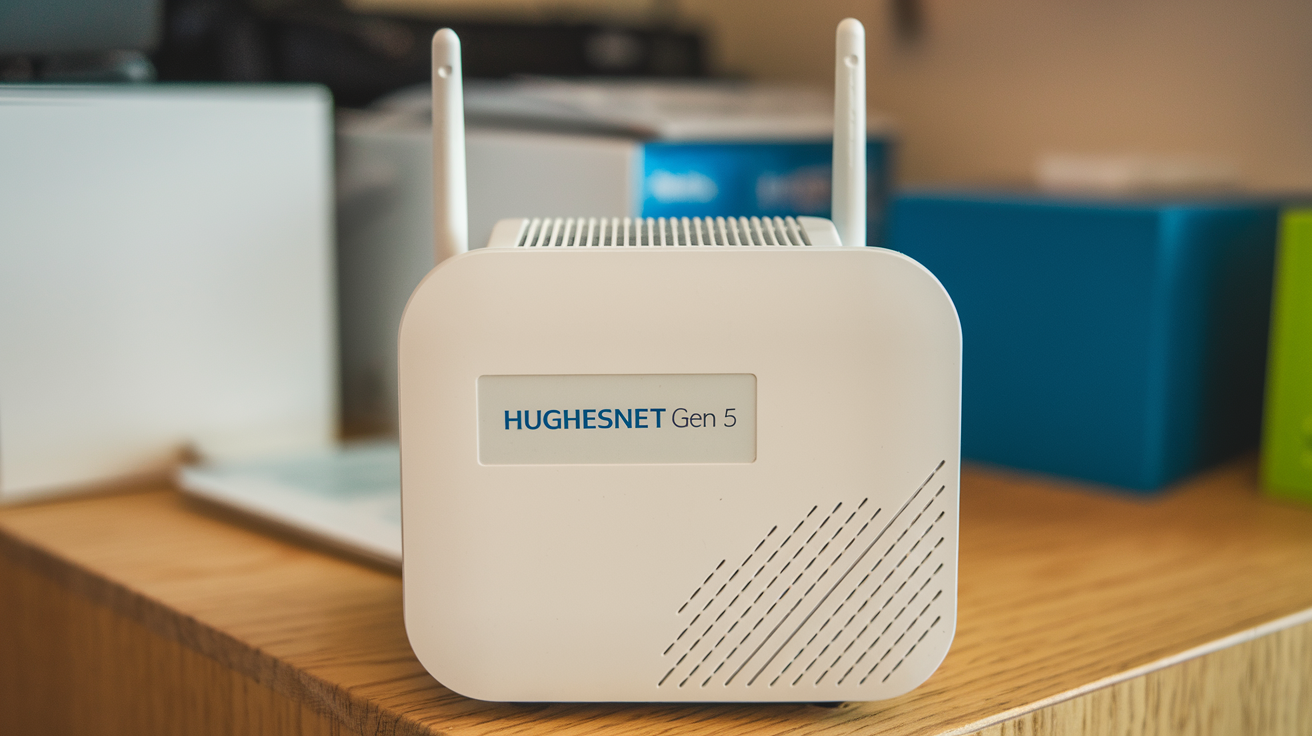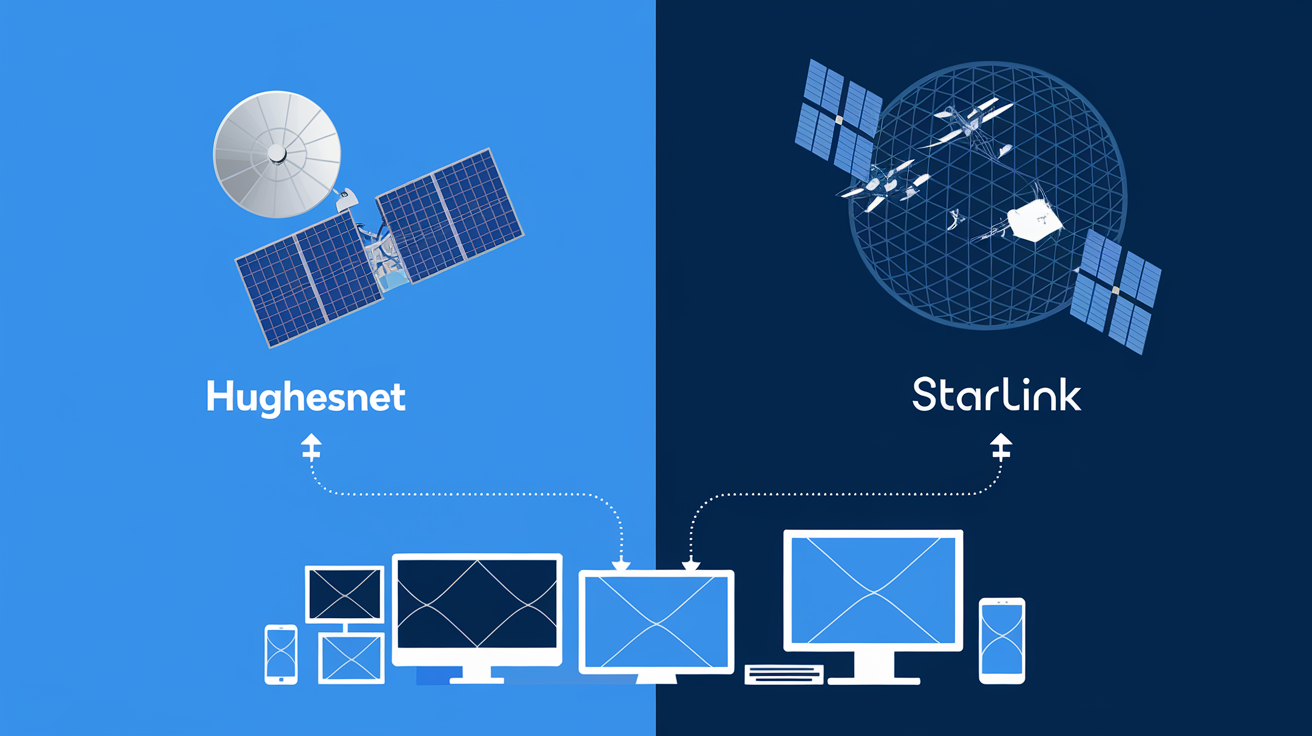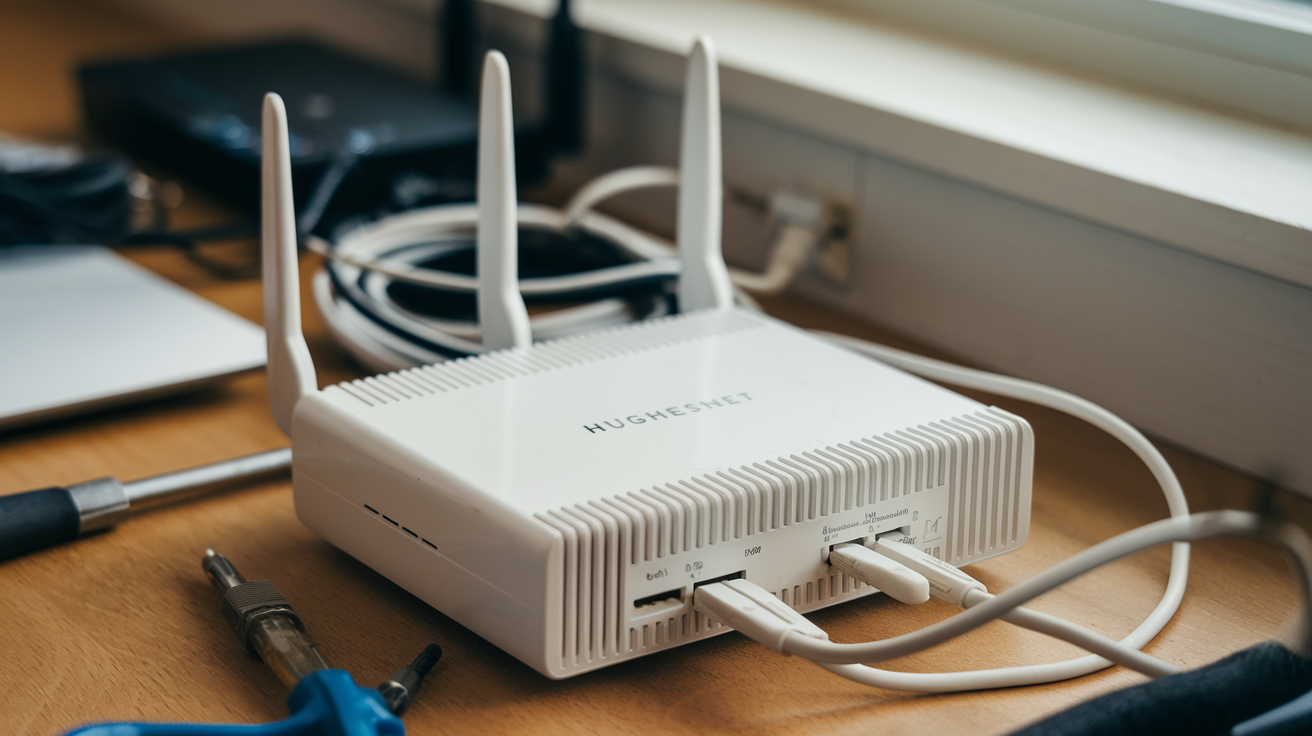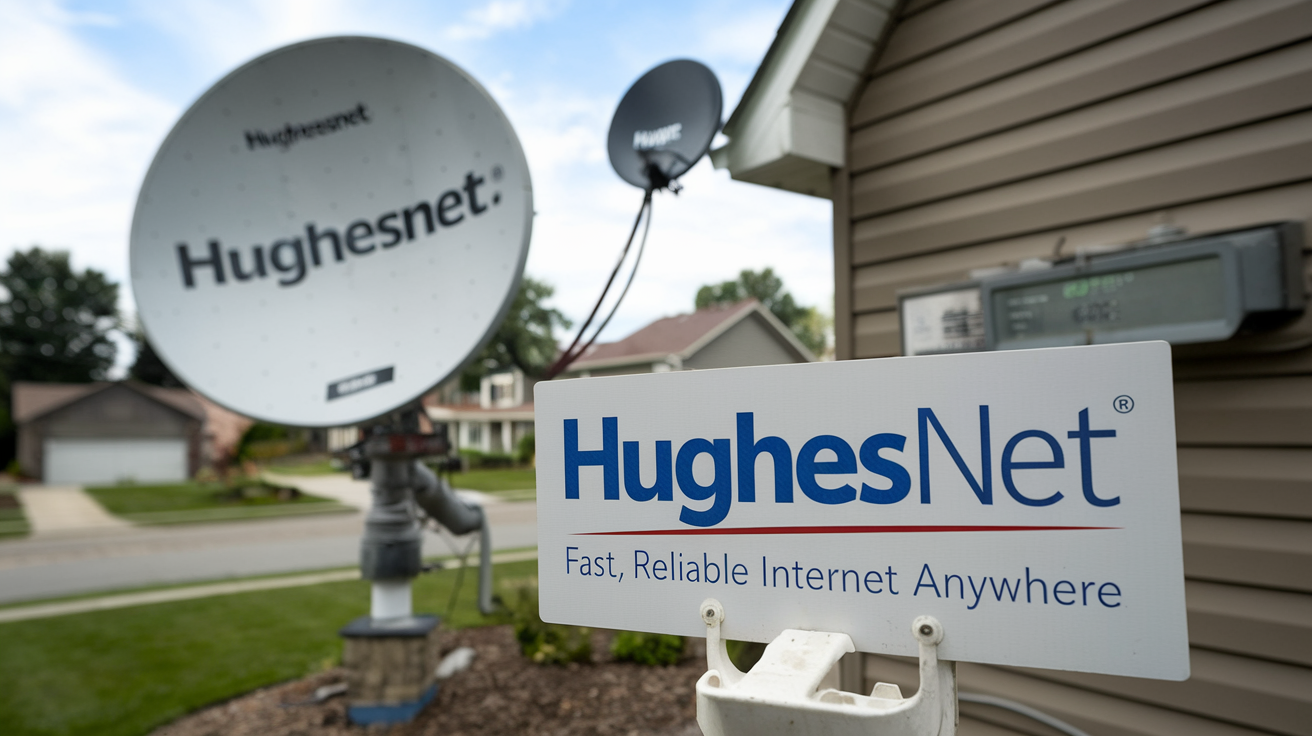-
Posted on: 08 Aug 2024
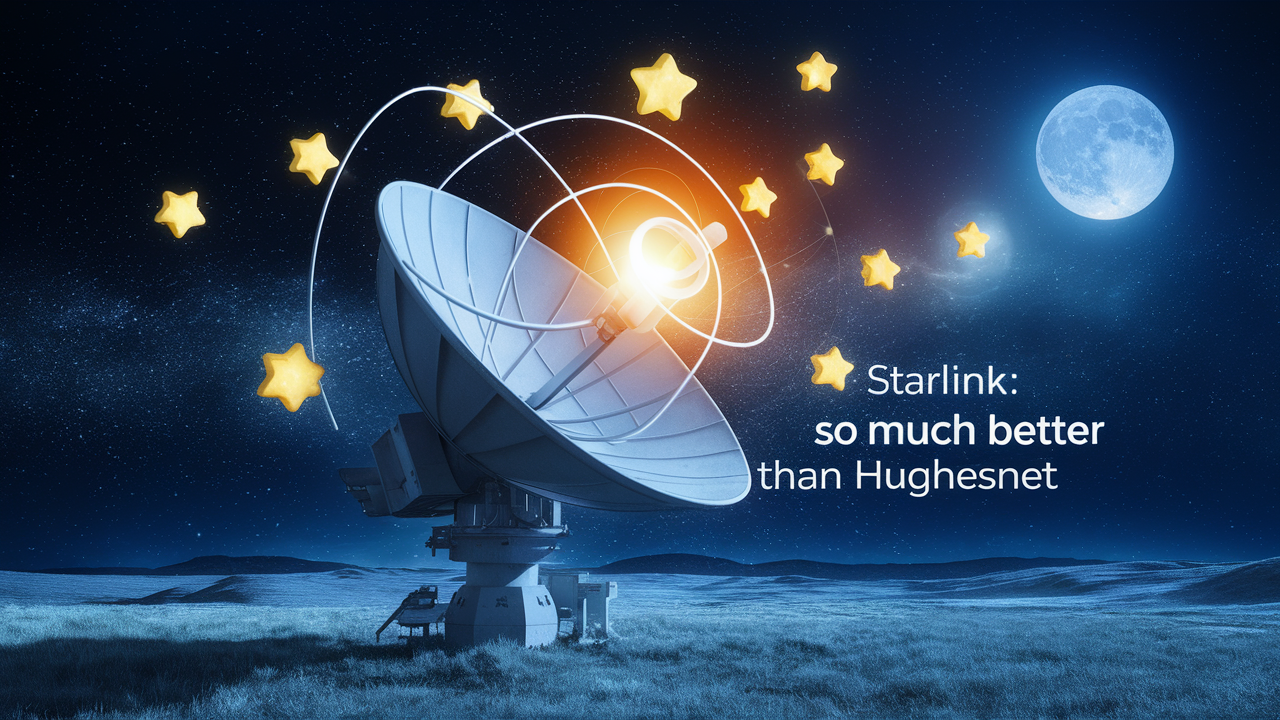
-
As far as internet choice is concerned, one has to admit that until recently rural internet users had very few choices at their disposal. In the past, people had only limited options like satellite internet services such as HughesNet to turn to. However, Starlink aims at addressing this by exhibiting better performance due to the use of a low-Earth Orbit satellite constellation. For that, here are several reasons why Starlink is on its way to leaving HughesNet behind in terms of rural broadband service provision.
Speed
Starlink’s download speeds are stated to be within a range of 100-200Mbps; HughesNet has a maximum download speed of 25Mbps. Even if these are perfectly achievable, HughesNet’s top speeds cannot measure up to these. HughesNet currently utilizes geostationary orbit, whereas Starlink’s low orbit and laser interlinks between satellites offer much higher speed than what HughesNet can offer. Specifically for contemporary use of the internet, significantly faster speeds of Starlink offer substantially more opportunities for applications that require a lot of bandwidth, such as streaming in Full HD or gaming, which HughesNet has issues with.
Latency
Latency is the time delay between two communications; it is the time taken for a data packet to travel from source to destination and back. Satellite internet can never be as fast as broadband since the signals have to go up to space and right back. However, Starlink’s latency is expected to be between 25-35ms while HughesNet has been known to take approximately 600ms on average. The same is true for the internet speed because of Starlink’s low Earth orbit; therefore, it has a shorter range for the signal to cover. Reduced latency will enable video calls, playing, and other real-time applications to function seamlessly in Starlink where they are almost impossible using conventional satellite internet.
Reliability
For instance, all satellite internet is vulnerable to the risk of connection loss and reduced speed because of weather and other physical conditions, whereas Starlink’s constellation architecture is significantly more robust. Currently, there are over 2,000 satellites planned to be fully launched in the future, and the de-orbiting method is well thought out, so there is significant redundancy in the Starlink system. The product allows users to receive continuous quality service. , while HughesNet has relatively few satellites, if one of them fails, this can lead to massive blackouts. HughesNet management failed to consider how Starlink is only built for reliability as a base internet service.
Capacity
Starlink is built for hundreds of thousands, if not millions, of people to have plenty of capacity while not experiencing any degradation in service. It does this by employing flat-panel phased array antennas, spectrum utilization efficiency, and plain old having vastly more satellites offering coverage. However, traditional satellite players have limited capacity by coverage region where they have a set number of available transponder slots. The fact is that when new subscribers connect to HughesNet, the overall average connection speed falls in the region. HughesNet’s affordable satellite internet service plans come with some limitations and do not offer maximum speed and data. However, due to proper capacity planning, Starlink does not experience the above constraints.
No Data Caps
One of the biggest issues that HughesNet customers have is that they are subjected to data limits that are rather limited. The majority of plans, in this case, have limited data allowance ranging from 10-50GB per month. If that limit is crossed, the download speed is reduced to something painfully slow in the range of 1-3Mbps until the next billing cycle. This renders it almost impossible to engage in activities such as consistent video streaming, gaming, or any other activity that requires substantial bandwidth. Starlink also eliminates fixed, insatiable limits that are founded on baseless assumptions and harsh numerical realities within its service plan. The users are entirely at liberty to use the bandwidth in as many ways as they please, the only check being that they overwhelm the connection’s capability to transfer data – which as previously pointed out, should not be an issue at the intended levels of scale. And for he or she who does not have terrestrial unlimited plans, it means absolute freedom.
Affordability
Starlink’s current pricing of $110 monthly with an additional $500 for hardware makes it more affordable or in some cases cheaper than most of the HughesNet plans even though it offers significantly better speeds and doesn’t have any data cap. By this, I mean that Starlink offers their service at a much better value than HughesNet. At the same time, constant beta testers praise Starlink’s performance and dependability, whereas HughesNet consumers have been voicing their concerns for years on the deceptive charges, speed limitations, and deficient customer support. Taken together, Starlink’s prices and overall speeds make it a good deal for rural broadband.
Room for Growth
While satellite Internet inherently has performance characteristics that are not as good as those of ground-based systems, and most notably, latency, Starlink has plenty of room for improvement in the future. Their satellites include compact high-performance ion thrusters for formation-flying and fine position control. Subsequent software upgrades could minimize delays and increase performance by dynamically adapting the coverage and capacity priorities. Starlink will also serve as an anchor for network expansion by adding more satellites, which would add further capabilities as well as reliability. And for data routing through the planned inter-satellite laser links, it does not rely on the ground stations. HughesNet with a primitive technology and only a few satellites has almost no potential at all—the only positive changes may appear only with the launch of new and expanded facilities, which is highly unlikely. Starlink commits enormously to ensuring the continuous improvement of rural broadband for decades to come even as legacy satellite plateaus at mere adequacy.
The Bottom Line
For rural broadband consumers, Starlink is a relief from waiting for outdated satellite companies to provide them with substandard services at highly inflated prices. From high and low latency to strong performance with no limited data services, all these at an honest rate; Starlink unlocks the modern internet experience hitherto unavailable to country folk. And iterations of continual improvement on the platform over time through a next-gen platform that’s exponentially more scalable than anything that exists currently means that Starlink will only grow its lead. Comparing Starlink and HughesNet is like comparing apples with oranges because the former is present now while the latter is history. And goodbye to those pre-historic dishes that you no longer have to prepare or consume.
